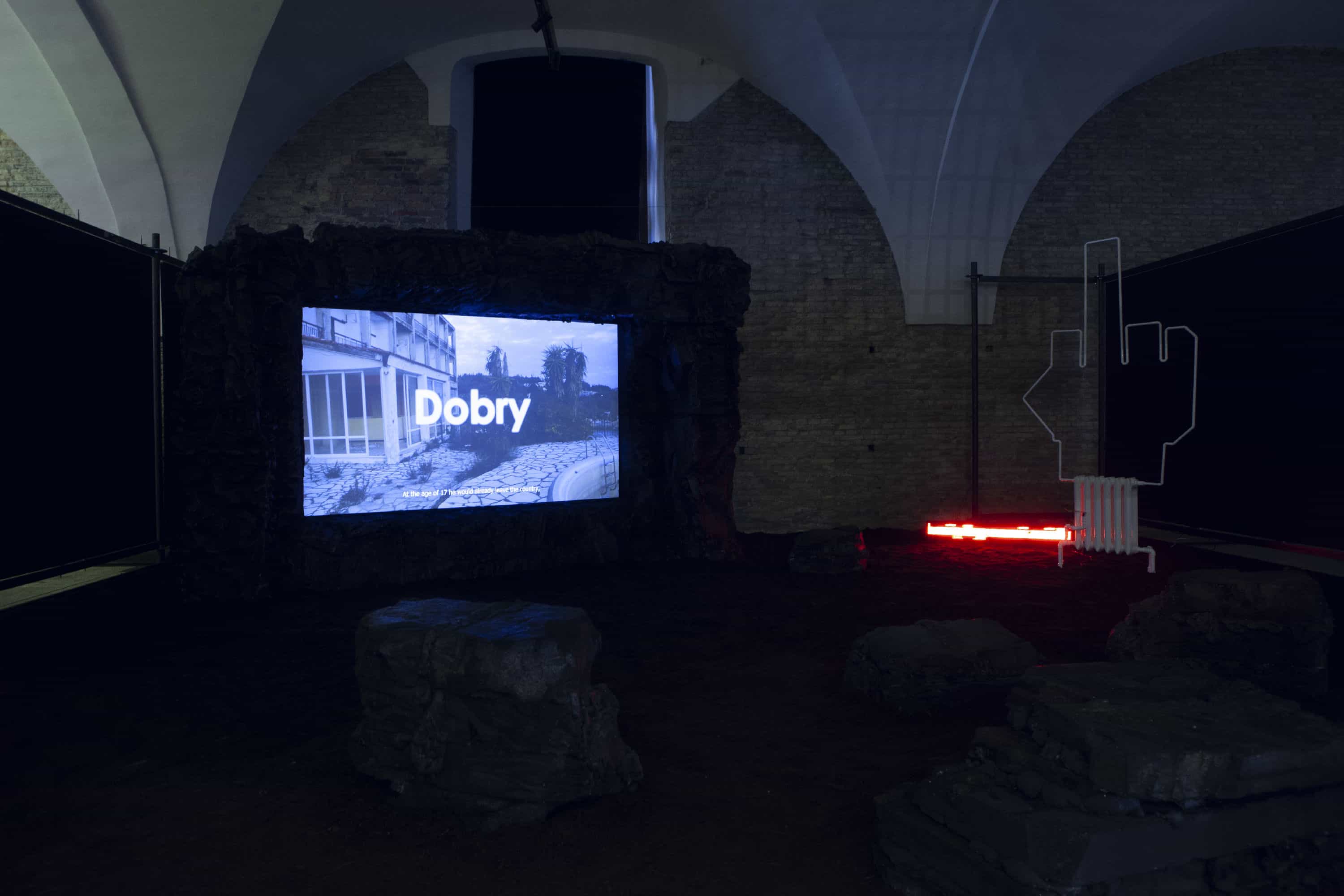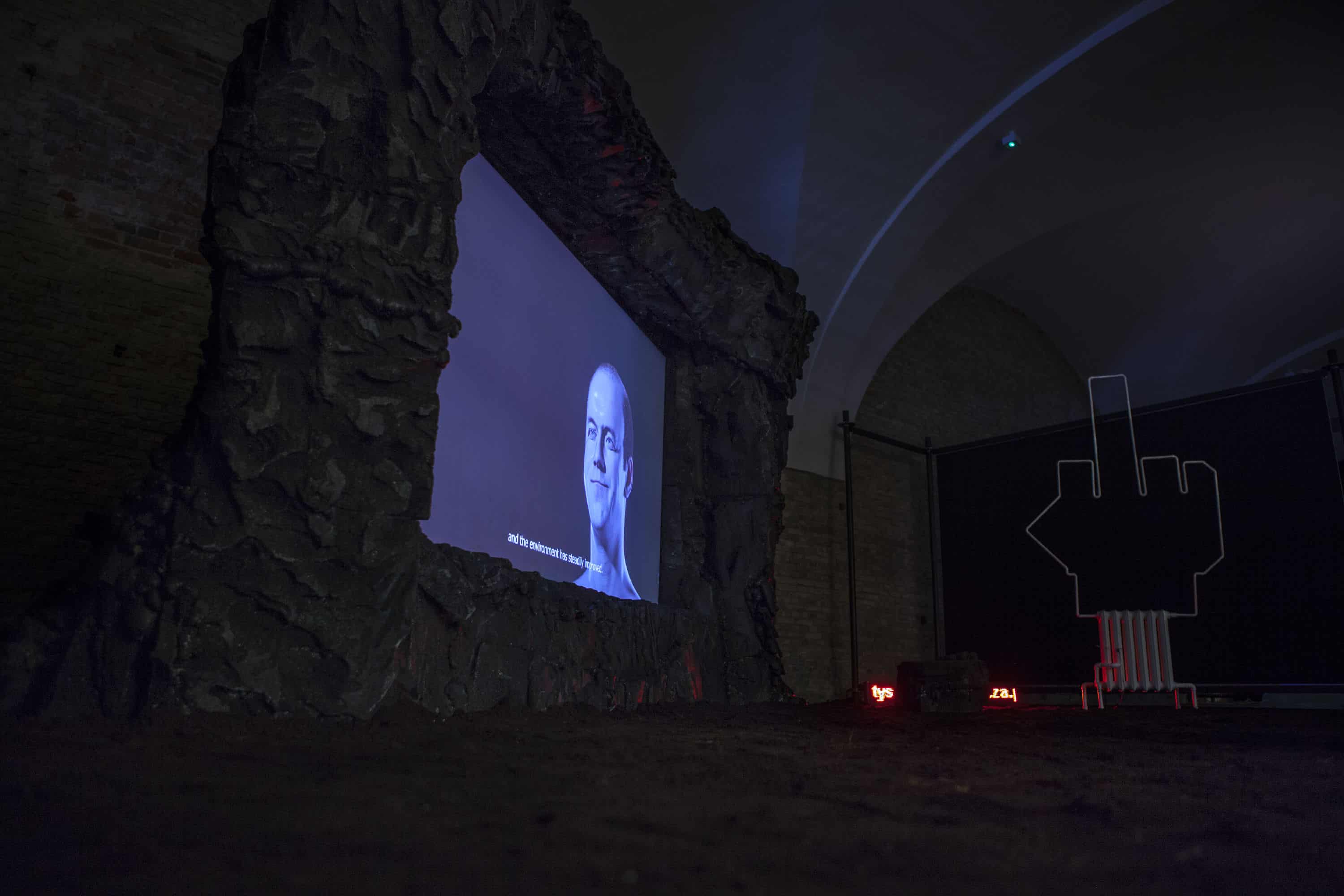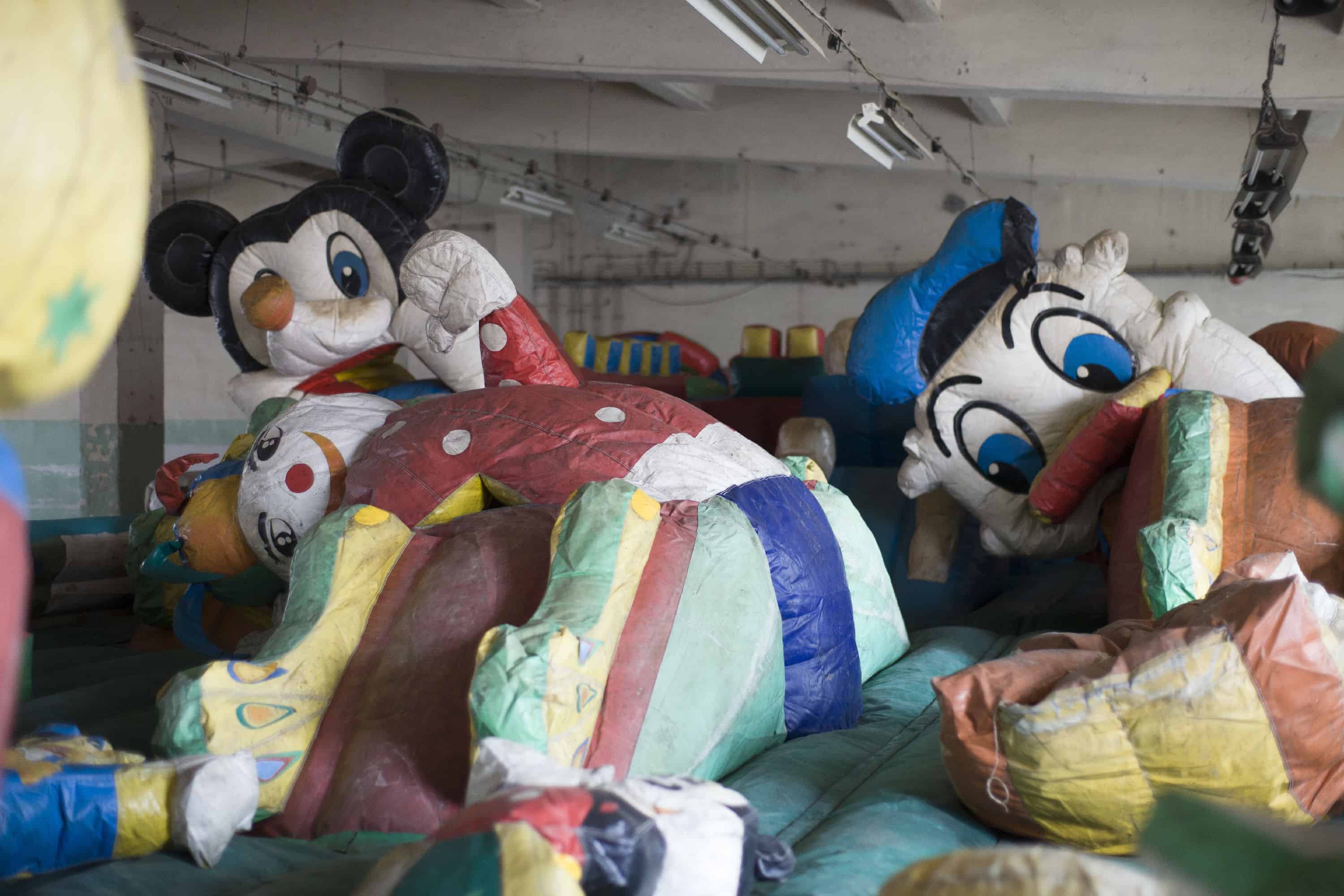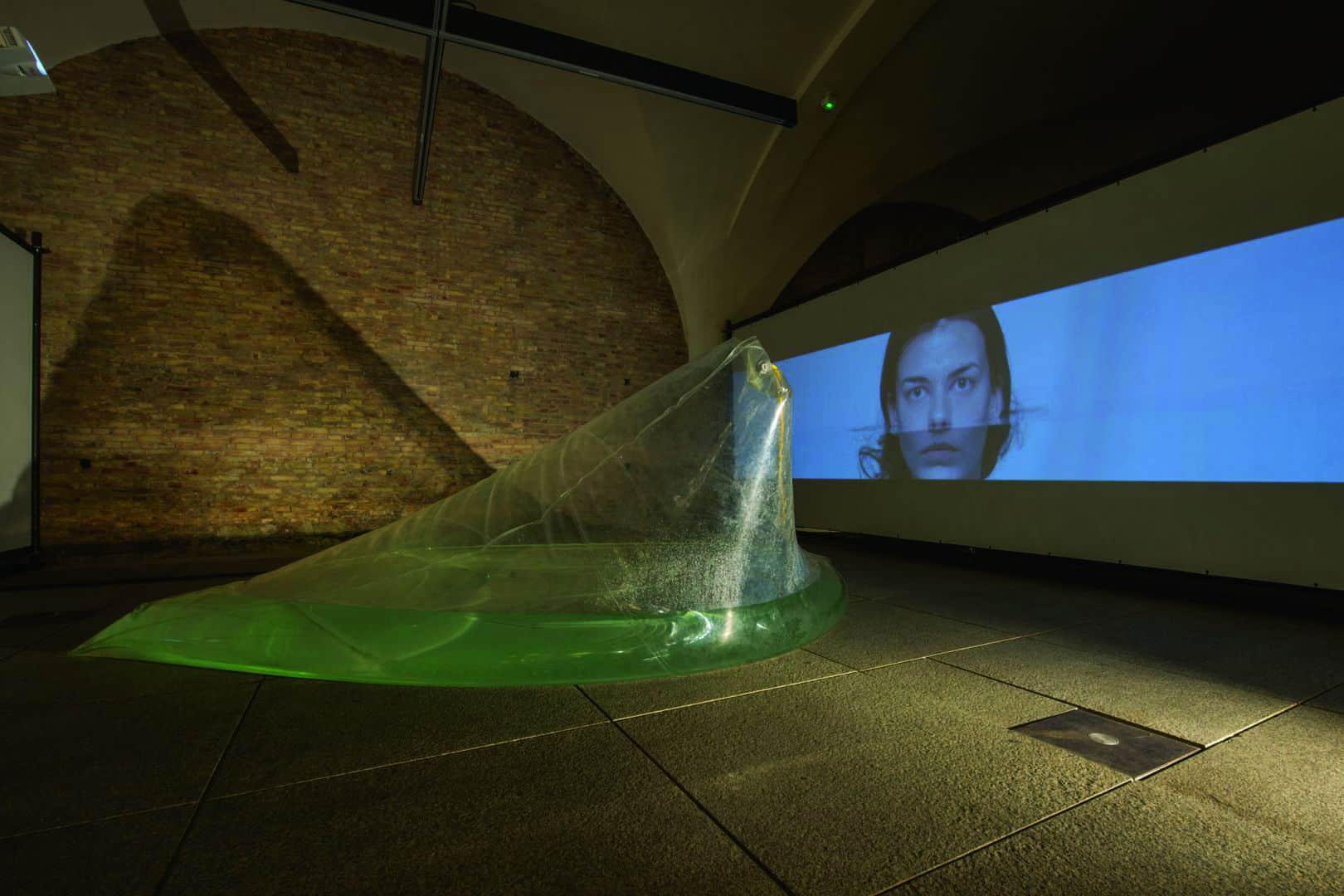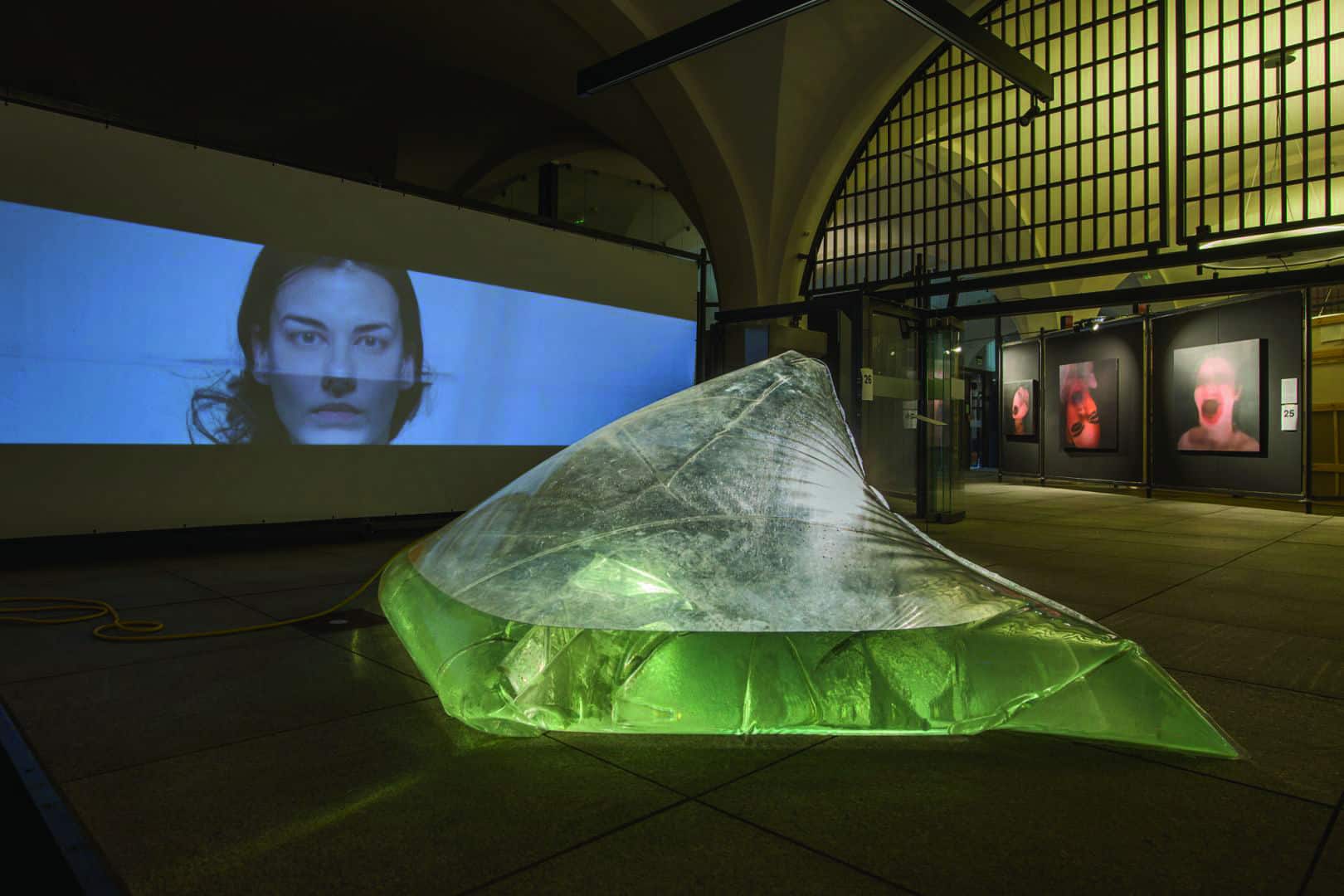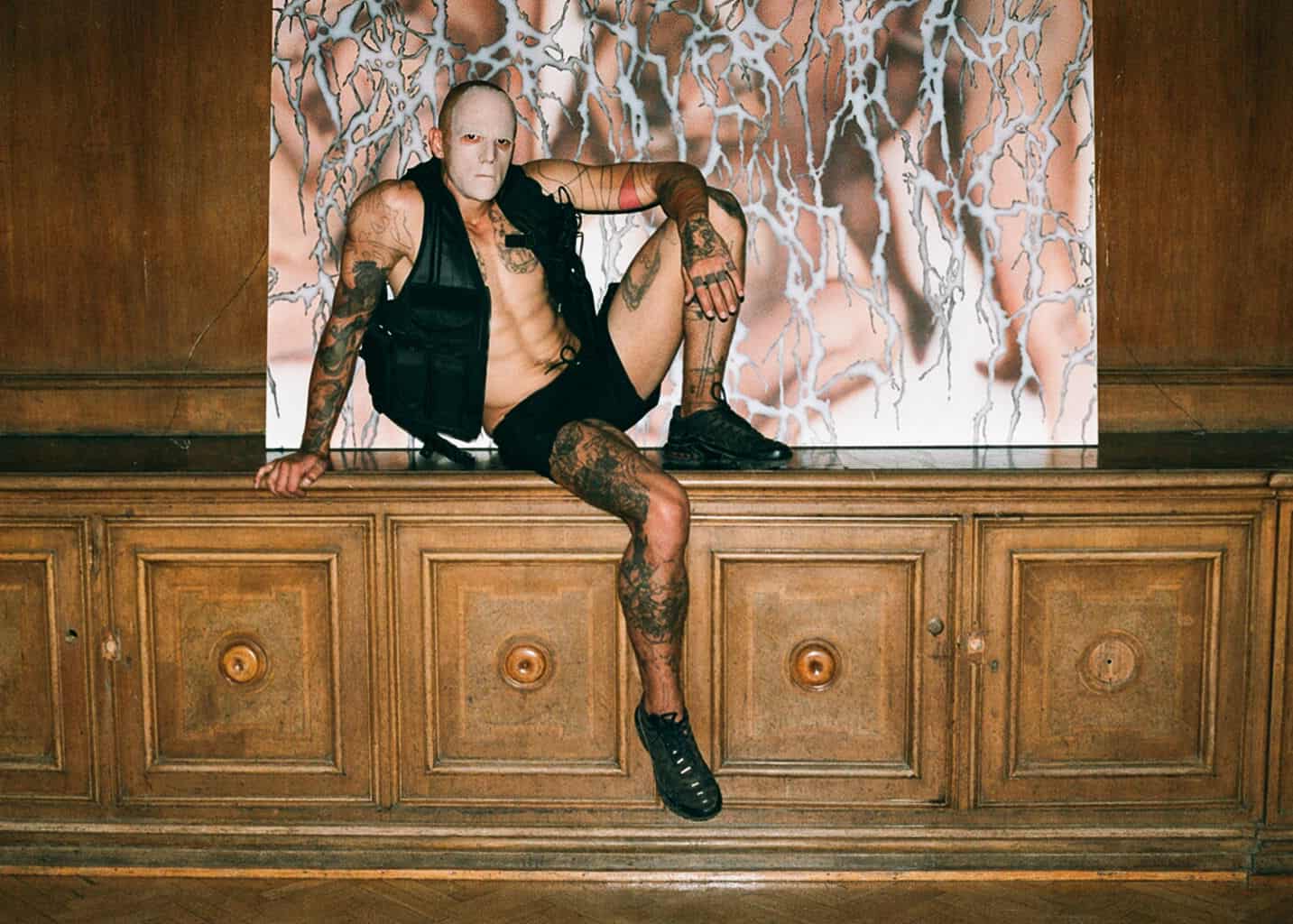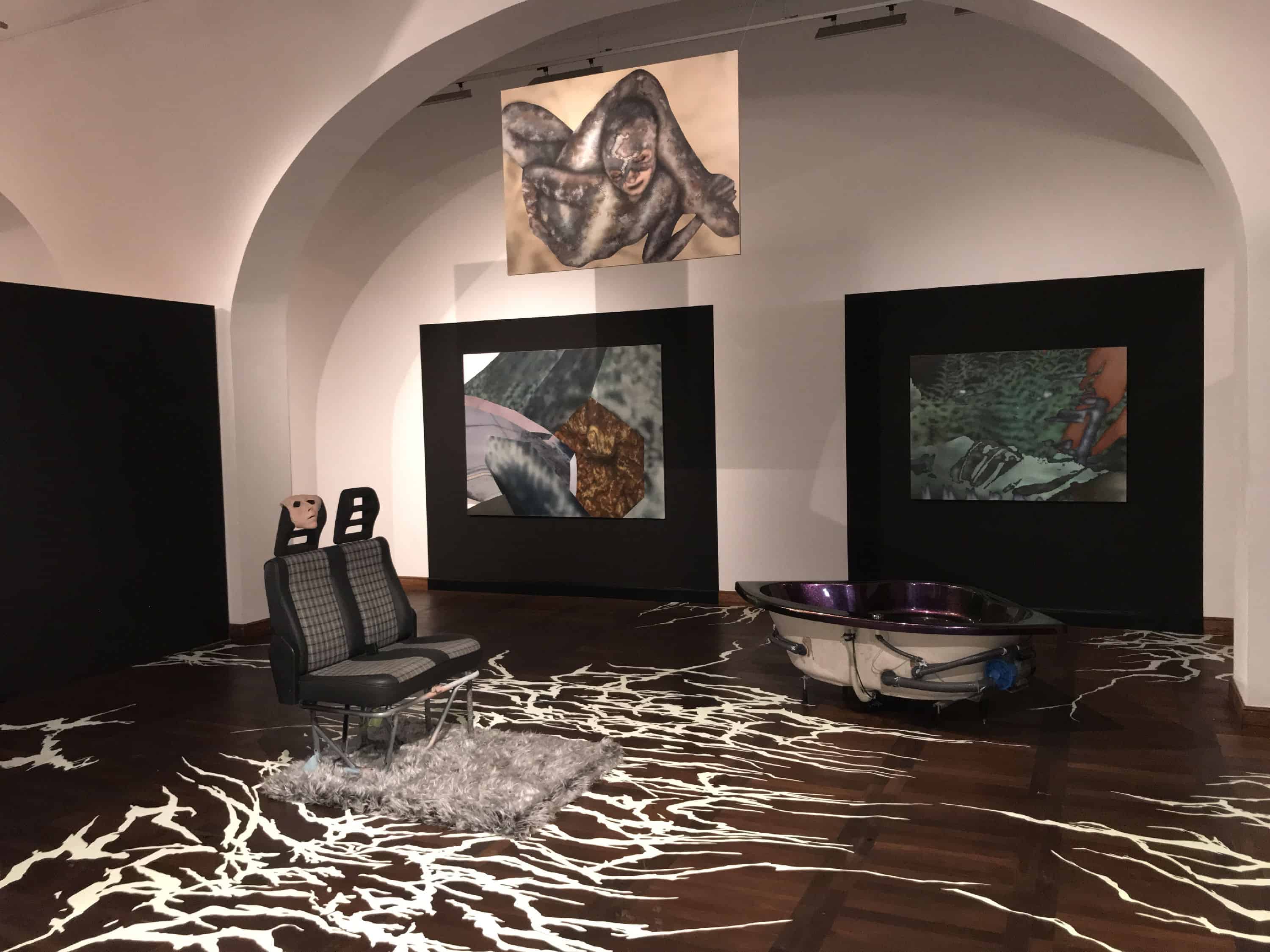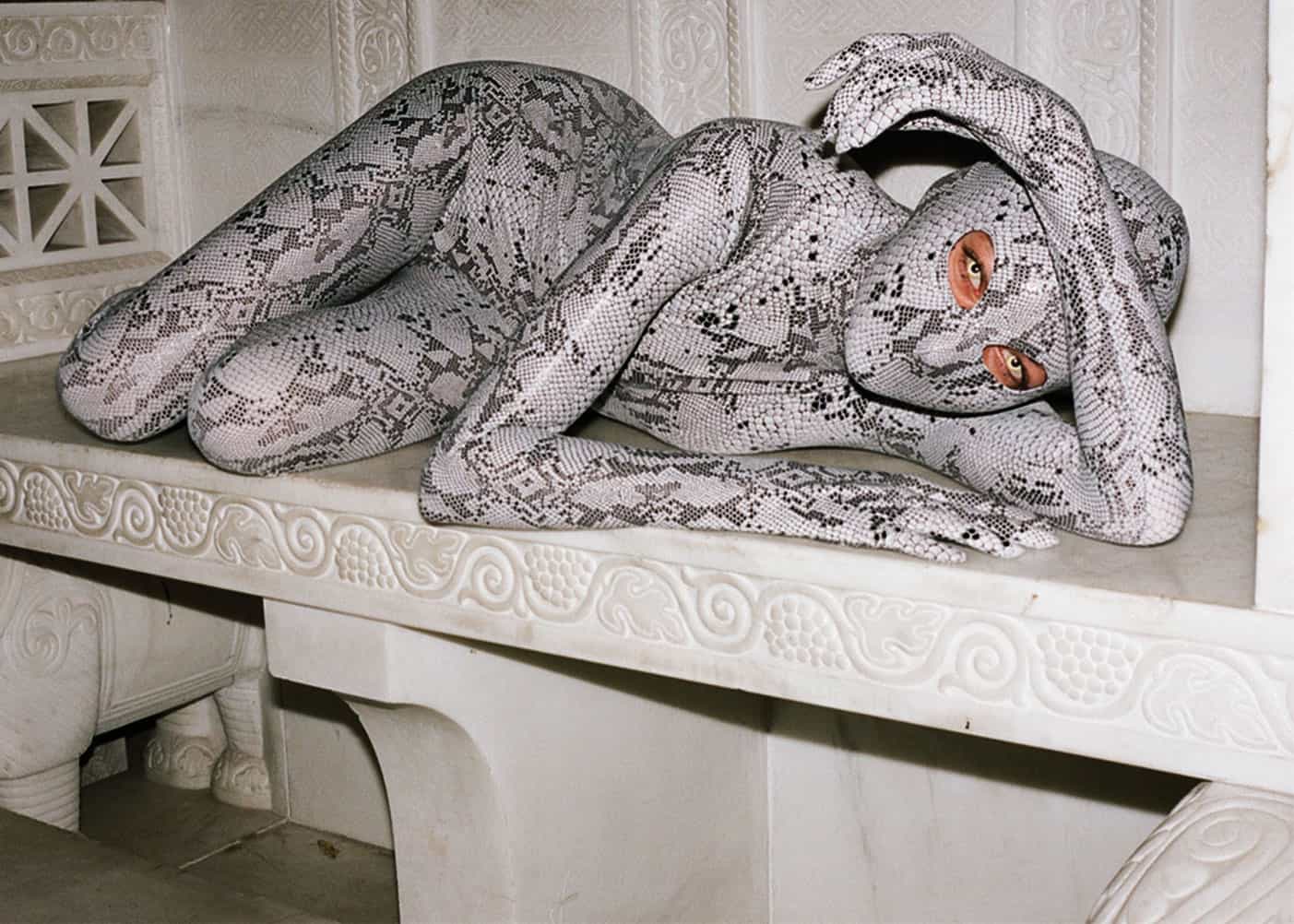Every year, I look forward to the exhibitions featuring works of art by recent graduates – young talented artists and my peers. I follow them as an ardent admirer of their initiatives at grassroots level, their very first solo shows in private art galleries and art spaces, and in some case exhibitions in some of the largest institutions of culture. The annual exhibit of the graduates’ works held in the Armoury of Arts in Gdańsk offers an excellent opportunity to view the graduate art projects made by the students of every Academy of Fine Arts in Poland, as well as Vilnius and Bratislava. The jury selection includes works of art created in a variety of media, such as painting, graphic or fashion design, typography and textile art. A few projects clearly lacked an artistic flair as I walked past them. I wondered what sort of criteria the jury should apply in their assessment of an art book, on the one hand, and a series of socially engaged photographs, on the other.
In my opinion, four impressive art installations deserve a special mention. This year, the most outstanding works of art had one thing in common, namely their use of different media to design microscopic spaces, peculiar environments of sorts. The following artists made art installations incorporating painting, sculpture, objects and videos They must have gravitated towards new media art in the course of their studies. These kinds of competitions always pose questions about the validity of perhaps obsolete and artificial division into majors and specialties that prevails at the art academies in Poland. After all, most ingenious young artists used to study in the open and progressive studios run by such professors as Dominik Lejman and Andrzej Bednarczyk.
Here is our top four of the graduate art projects presented in Gdańsk.
View of the exhibition by Róża Duda and Michał Soja in the Armoury of Arts in Gdańsk, courtesy Róża Duda and Michał Soja.
View of the exhibition by Róża Duda and Michał Soja in the Armoury of Arts in Gdańsk, courtesy Róża Duda and Michał Soja.
View of the exhibition by Róża Duda and Michał Soja in the Armoury of Arts in Gdańsk, courtesy Róża Duda and Michał Soja.
Róża Duda and Michał Soja
The darkened space filled with cubes reminiscent of coal lumps and scattered soil featured two works by Róża Duda and Michał Soja. “I’m a Miner’s Son” is a title of a 30-minute mockumentary divided into three parts that premiered during Photography Month in Krakow. Viewers follow the camera guiding them through a flooded, derelict coal mine, abandoned hotel on Korfu and finally futuristic vision of the world inhabited by robots and cyborgs. The video captures one’s subjective perspective on the role of the working class (the precariat) in the era of late capitalism and globalization. The eponymous disillusioned miner’s son is doomed to exploitation and consumerism, stuck in limbo somewhere between major historic upheavals and political disputes. He no longer hopes for the better future.
The presentation also includes “Heater”- an art installation consisting of a scroll broadcasting online comments posted on the right- and left-leaning websites on politics, as well as a large white heater alongside an offensive hand gesture outlined with a tube. When launched, the installation features a fork hitting the radiator when a derogatory term (‘hating’) appears on the scroll.
The art project received the Critics’ Award. Duda and Soja both studied under Andrzej Bendarczyk at the Academy of Fine Arts in Krakow. A graduate course in Züricher Hochschule der Künste has notably enhanced their educational experience. The artists soon dispensed with the traditional painting in favour of video and 3-D animation, which they perfected on their own. Norman Leto’s art practice seems to have inspired the post-apocalyptic and scientific qualities of the film by Duda and Soja.
Views from the installation “Ruins of my dreams” by Marta Krześlak, courtesy Marta Krześlak.
Views from the installation “Ruins of my dreams” by Marta Krześlak, courtesy Marta Krześlak.
Marta Krześlak, “Ruins of my dreams”, view from the exhibition in the Armoury of Arts in Gdańsk, photo Bartosz Bukowski, courtesy Academy of Fine Arts in Gdańsk
Marta Krześlak
I had a chance to see the works of Marta Krześlak as one of the winners of the Young Lynxes portfolio competition organised by Contemporary Lynx. Her aesthetic is based on the remnants of pop-culture, debris and bright colorful plastic. Krześlak works mainly across two different yet complimentary media – video and installation. This year, she received the Award of the President of Gdańsk for her graduate art project displayed in the Armoury of Arts. “Ruins of my dreams” stands for the worn our bouncy castle she transformed into a ready-made object of sorts. Once upon a time, colorful bouncy castles were one of the main attractions of amusement parks. During the exhibition, the construction is filled with air, only to allow it to escape in the next second, inflating and deflating the castle as if it could never recover its former glory. Additionally, the video and sentimental soundtrack emulating the ballads of the ‘90s enhanced the sense of nostalgia. Marta Krześlak’s art project, which weaves the narrative about the adult cynicism and naïve long-gone childhood, fits perfectly into the current predilection for the ‘90s aesthetic, which seems to dominate the art world.
View of the installation “The Thing about Thirst by Kornelia Dzikowska in the Armoury of Arts in Gdańsk, courtesy Kornelia Dzikowska
View of the installation “The Thing about Thirst by Kornelia Dzikowska in the Armoury of Arts in Gdańsk, courtesy Kornelia Dzikowska
Kornelia Dzikowska
A recent graduate of the Faculty of Sculpture at the Academy of Fine Arts in Warsaw, as well as the Lodz Film School and art schools in Berlin and Stuttgart, was awarded the main prize in Gdańsk for her art project entitled “The Thing about Thirst,” which includes an original sculpture and video. To be honest, I’m not sure whether the use of the term ‘sculpture’ is justified fully in case of the inflated transparent container filled with water that has a remarkable affinity with the performative installation or an object. The large fluid piece spills around the space, wobbling and changing its shape randomly. The video showing gallons of water poured slowly on a girl’s head is screened right next to the object. The entire installation brings to mind one’s desire, longing and feelings impossible to contain or rationalise. The artist draws parallels between the surges of unpredictable borderline emotions and the force of gravity and pressure acting on the object. The results of Kornelia Dzikowska’s collaboration with some of the most progressive theatres in Poland seem equally fascinating. As a stage designer, working with such theatres as Teatr Nowy in Krakow, Teatr Współczesny in Wrocław and Teatr Powszechny in Warsaw, she draws on her artistic multimedia background to create unbelievably vivid landscapes.
Still from the movie “Lovers” by Aleksander Błaszczykiewicz, courtesy: Aleksander Błaszkiewicz.
View of the exhibition “Snakes, Dragons and Phantoms” by Aleksander Błaszkiewicz in the Armoury of Arts in Gdańsk, courtesy: Aleksander Błaszkiewicz
Still from the movie “Lovers” by Aleksander Błaszczykiewicz, courtesy: Aleksander Błaszkiewicz.
Aleksander Błaszkiewicz
Aleksander Błaszkiewicz majored in painting from the University of Arts in Poznań. This year, he completed his graduate art project under the tutelage of prof. Dominik Lejman. Although it wasn’t awared at the show, I found myself pleasantly surprised by the full-fledged exhibit planned down to the smallest detail that Błaszkiewicz arranges in a tiny space on the basis of his paintings, videos and two objects: detached car seat with the mask hanging diagonally and the brocaded bathtub. A complementary floor pattern resembles album covers of death metal bands. What is more, his large-scale paintings depict a variety of processed textures that remind me of the digitally rendered landscapes in computer games. The motif appears also in the video telling the performative story of two lover-warriors roaming endless terrains with no purpose nor quest whatsoever. The video embodies primordial beliefs, spirituality and savagery rooted deeply in the Slavic mythology that is mapped out in the present by means of the tattooed avatars of characters wearing tracksuits. The project bears clear similarities to the signature style of Stach Szumski or the “140 beats per minute” exhibit which opened last year in the Museum of Modern Art in Warsaw. A number of young contemporary artists seems currently eager to tap into the potential offered by the avatar creation and online performance on Instagram, Second Life and computer games.








